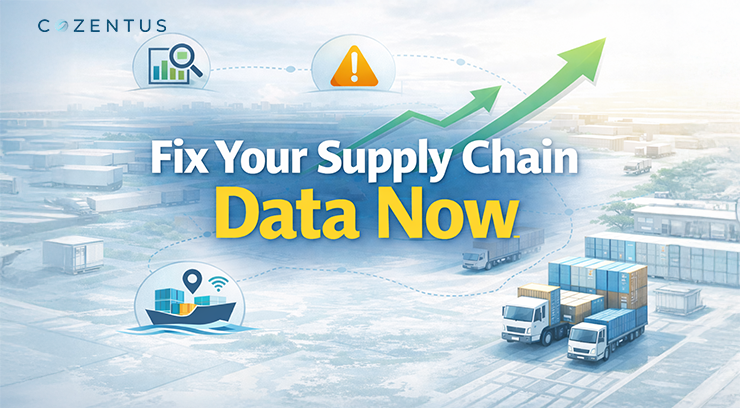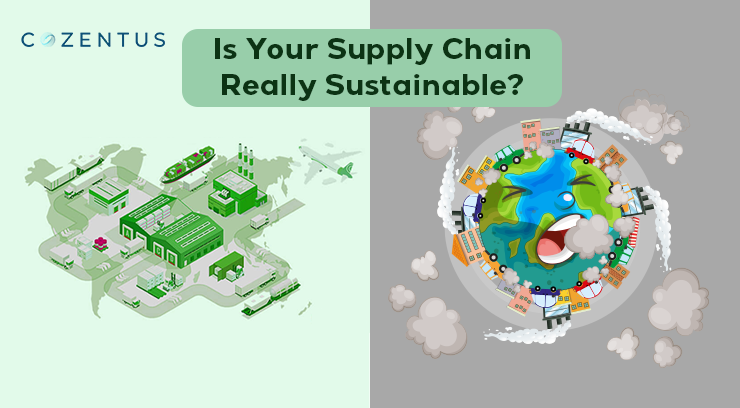Companies are continuously looking for methods to achieve a competitive edge in today's hypercompetitive and highly complex business climate by enhancing the speed, efficiency, and quality of the products and services they offer clients via their supply chains. The key to unlocking success in supply chain management is the ability to make optimal business choices by finding the greatest possible answer to your company's planning and scheduling difficulties.
Many approaches tackle supply chain planning and scheduling issues, including constraint programming, mathematical programming, metaheuristics, local search, machine learning algorithms, and evolutionary algorithms such as genetic and simulated annealing. These algorithms are divided into two types: heuristics and optimisation.
Although the goal of optimisation and heuristic solutions is the same - to deliver the best feasible solution to a particular supply chain issue - the results are sometimes significantly different.
Editor's Note:
We may utilise programming tools such as Python to develop heuristic algorithms to determine the best approach for loading the most freight into a given container.
Container loading is a typical example of a Constraint Satisfaction Problem (CSP), in which the goal is to discover a set of objects that satisfies all requirements. The limitations in this example are the weight, volume, and stackability of the objects, and the goal is to fill the container such that it is within the weight and volume limits while remaining stable.
There are several techniques for solving a CSP, but one of the most prevalent is to employ a Constraint Programming (CP) solver. Python creates CP solvers that solve CSPs by automatically searching the space of potential solutions and trimming those that do not fulfil the constraints.
Using a Heuristic Approach to Determine the Best Container Optimisation Strategy
A heuristic technique may be used to find the best container optimisation strategy. This method entails approaching the issue from several perspectives to uncover the most probable answer. After analysing your possibilities, choose the one that is most likely to lead to success.
However, there are other techniques to determine the best container optimisation strategy. A more systematic approach is another option. It entails approaching the issue from a single point of view and then carefully testing all available solutions. This method takes more time, but it may be more successful.
Combining both techniques is the best way to identify the optimum container optimisation strategy. You can discover the best potential answer by utilising a heuristic technique to identify the most probable possibilities and then testing them using a systematic manner.
Advantages of using Machine Learning in Supply Chain Management
Machine Learning in the Supply Chain may be utilised for various purposes. It may use to assist in determining the best container optimisation method. Container optimisation ensures that the containers used to transport products are the correct size and type for the commodities they transport.
There are several advantages to adopting machine learning in a supply chain. One of the advantages is that it may assist in decreasing the number of human mistakes in the process. The machine learning algorithm may teach to recognise patterns and make judgements based on them.
The Advantages of Artificial Intelligence for Supply Chain:
Artificial Intelligence for the Supply Chain may be precious in determining the best container optimisation approach. Container optimisation ensures that containers are utilised as efficiently as possible to save costs and wasted space. There are many methods for optimising containers; the most efficient one will vary based on the scenario.
The Advantages of Applying Data Science in Supply Chain Management:
Companies are searching for any way to cut expenses and enhance efficiency. The supply chain is no exception. Indeed, many experts feel that data science has the potential to disrupt the supply chain.
Data Science in Supply Chain Management may be helpful in supply chain management to determine the best container optimisation approach. Companies may make better-educated choices about optimising their supply chain by analysing how containers are utilised, where they are used, and what sorts of items are delivered in them.
The Advantages of Container Loading Software:
The use of container loading software in supply chain management has various advantages. One of the advantages is that the programme may assist you in determining the best container optimisation technique. You can save time and money on container transportation by utilising the programme.
Bottom Line
To summarise, the issue is described by utilising a heuristic technique to discover the best container optimisation strategy. The difficulty in this scenario is determining the optimum approach to fill a container with a certain amount of material. The next step is to divide the issue into smaller sub-problems. The sub-problems in this situation would be determining the optimal method to fill a container with a given amount of material, given the limitations of container size and material qualities.
Recent Post
Subscribe to our newsletter
Stay updated on latest trends and news in the supply chain and logistics industry








